Apple iPhone 15 Plus
The display, battery life, performance, primary camera, and charging of the iPhone 15 Plus are all significantly better than its predecessor.
Specs
| DISPLAY | 6.7-inches, XDR OLED, HDR10, 1290 x 2796 pixels |
| CHIPSET | Apple A16 Bionic (4 nm) | Apple GPU (5-core) |
| STORAGE MEMORY | 128GB 6GB RAM | 256GB 6GB RAM | 512GB 6GB RAM |
| OPERATING SYSTEM | iOS 17, upgradable to iOS 17.0.3 |
| CAMERA | Dual camera | 48MP, f/1.6, 26mm (wide) | 12MP, f/2.4, 13mm, 120˚ (ultrawide) | SELFIE: 12 MP, f/1.9, 23mm (wide) |
| VIDEO | 4K at 24/25/30/60fps | 1080p at 25/30/60/120/240fps | HDR, Dolby Vision HDR (up to 60fps) |
| BATTERY | 4383 mAh | 15W wireless (MagSafe), 7.5W wireless (Qi), 4.5W reverse wired |
| MISC | Face ID, accelerometer, gyro, proximity, compass, barometer, Ultra Wideband 2 (UWB) support, Emergency SOS via satellite (SMS sending/receiving), COLORS: Black, Blue, Green, Yellow, Pink |
Overview
Since announcing the four models in the iPhone series, beginning with the launch of the 2020 iPhone 12 mini, Apple has struggled to make that fourth model popular with consumers in the same way as its siblings.
The sales of each batch of iPhones over the past three years have consistently been led by the Minis and Pluses. The new iPhone 15 Plus, like last year’s iPhone 14 Plus, offers a well-rounded experience combined with a lengthy battery life.
The iPhone 15 Plus receives a few tweaks that make it appear more like a member of the club than its predecessor did. It includes enhancements that also make it more alluring to potential purchasers of big-screen smartphones. The iPhone 15 Plus launches with the iPhone 15, iPhone 15 Pro, and iPhone 15 Pro Max.
All models in the iPhone 15 series, including the 15 Plus, now feature softer, more rounded edges, although maintaining the flat sides of the previous few iPhone generations.
This may be crucial for the 6.7-inch iPhone 15 Plus as the previous models have been difficult to operate with one hand and this minor design change has a significant effect on the hand-feel, comfort, and usability.
You still get a 6.7-inch 60Hz OLED display with the iPhone 15 Plus, but it now has the Dynamic Island that was only available on the iPhone 14 Pro and 14 Pro Max last year, in place of a notch.
The phone is powered by the more formidable A16 Bionic processor produced by Apple, while the A17 Pro chipset was upgraded for the iPhone 15 Pro and iPhone 15 Pro Max. Also, say goodbye to Lightning; the iPhone now charges using USB-C, much like Galaxys, Pixels, and pretty much all other phones.
Regarding the crucial camera setup, there are still two lenses in a diagonal layout, but the main sensor has increased from 12MP to 48MP.
This change results in better still image quality in a variety of situations, including low light, when zooming in, and when taking portrait shots.
Although the image sensor on the iPhone 15 Plus (and iPhone 15) isn’t exactly the same as the one found in the Pro variants, it does support the majority of the cool new photo features seen on its more costly stablemates.
This features a boost in base output image resolution to 24MP and the capability to turn practically any photo into a Portrait shot.
The iPhone 15 Plus is available in 128GB, 256GB, or 512GB variants due to Apple’s decision to discontinue a 64GB storage option a few generations back. The new color-infused glass backs on all five iPhone 15 hues are available.
This, in my opinion, makes the green Plus (and the black iPhone 15) one of the most attractive iPhone finishes in recent memory.
The iPhone 15 Plus comes pre-installed with iOS 17, giving it all the advantages we’ve been hoping to try out for months (ever since Apple first demoed the feature at WWDC 2023 in June).
Longtime iPhone fans will value the quality-of-life improvements on the iPhone 15 Plus, like Contact Posters, Interactive Widgets, and even StandBy (formerly thought to be a feature reserved to iPhones with always-on displays, which the Plus currently lacks).
Fortunately, despite all the additional features, Apple has kept prices mostly unchanged in the US this year. In contrast, prices have decreased substantially in the UK and increased somewhat in Australia. As of Friday, September 22, the iPhone 15 Plus is accessible.
Design
- Similar design to previous iPhone 14
- IP68 Water/dust resistant
- Corning-made glass front and glass rear with aluminum frame
- Weighs 201g
The iPhone 15 Plus appears to be extremely similar to the iPhone 14 Plus at first glance. A closer look reveals a freshly designed metal frame, however, which softly buffs away the jagged edges and makes it considerably more comfortable to grip than the 14 Plus.
Additionally, it is three grams lighter (201g) than before.
This year’s iPhone 15 Plus (and iPhone 15) color options include five finishes (black, blue, green, yellow, and a truly stunning pink), all of which highlight new color-infused glass, with the camera bump effortlessly rising out of the back panel.
If you prefer pastels, you might appreciate these options. It has a nice appearance and is arguably the most elegant iPhone finish ever.
You should be able to charge with only one cable if you already own a contemporary MacBook and/or iPad, as the latter finally did away with Lightning on its base iPad 10.9 (2022) model last year.
Additionally, that aluminum frame now houses a USB-C port where there was once a Lightning port.
You’ll notice that it lacks the useful new Action button if you choose this non-Pro iPhone 15 variant. No, the ring/silent switch is still present on the 15 Plus and iPhone 15.
I don’t have anything against this aging component, but it’s clearly not as handy as an Action button (you can use accessibility tricks like Back Tap to mimic this behavior, though).
A diagonal dual camera system is still housed on the back of the phone, despite changes to the materials and colors. Where the notch formerly was on the front, you’ll now discover a Dynamic Island that resembles the iPhone 14 Pro, shielded by Apple’s Ceramic Shield.
Apple still provides some of the greatest IP-rated protection available, citing numbers that just barely outperform its IP68 certification for resistance to dust ingress and guaranteed water resistance.
The phone is also made entirely of recycled components, from the battery’s 100% recycled cobalt to the 75% recycled aluminum frame. Although the iPhone 15 Plus is a first step in this direction, Apple has plans to make all of its phones carbon-neutral as well.
Long-time iPhone users will also notice the port is slightly different from how they may be used to it; it is a larger pill-shape with a center strip of contacts. Finally, an iPhone has USB-C instead of a Lightning port.
Although it is commonly known that Apple made this decision before the European Union began to enforce it, that doesn’t make it any less innovative.
It was a minor joy the first time I was able to use the 3.5mm to USB-C converter, which had previously only been used with the Android phones I was testing at the time, to connect the aux cord in my car.
It’s exhilarating to be able to charge your MacBook, iPad, and iPhone with only one connection, especially if you travel frequently.
Display
- 6.7-inch OLED display
- 60Hz refresh rate
- Improved brightness
Even though the bezels are not as narrow as they are on the slimmer 15 Pro and Pro Max, I find the larger 6.7-inch screen on the iPhone 15 Plus to be rather appealing and expansive.
But despite boasting a superb Super Retina XDR OLED screen, the iPhone 15 Plus (and iPhone 15) are still constrained to a 60Hz refresh rate, in contrast to the Pro models’ slick 120Hz ProMotion panels.
It’s now a nearly absurd feature of Apple’s most current non-Pro iPhones. Every generation, I think to myself, “surely, this’ll be the year they move past 60Hz,” but the business keeps defying my dreams and expectations.
For instance, Google’s normal Pixels have featured 90Hz displays since 2019; this year’s Pixel 8 joins its Pro sibling, with a 120Hz display. Samsung’s comparably priced non-Ultra flagships made the switch to 120Hz starting with 2020’s Galaxy S20 and S20 Plus.
Even though 60Hz at a phone of this price is far slower than the industry norm, Apple continues to hold non-Pro iPhones to this level.
Maybe existing iPhone owners who upgraded from earlier non-Pro iPhones don’t realize what they’re missing; you don’t question 60Hz unless you see and experience high refresh rates for yourself.
The Always-On Display feature is another Pro-only feature that is present on the majority of competitors; nevertheless, in my opinion, Apple’s execution is the finest (for a more detailed explanation, see my review of the iPhone 15 Pro). The Plus’s absence is at least mitigated by the device’s carefully honed tap-to-wake and raise-to-wake behaviors.
It’s difficult to disagree with the existing hardware, even though I still believe that this expensive handset deserves display improvements like a faster refresh rate and always-on capabilities.
Even if competitors have crisper displays, I haven’t argued about the iPhone’s resolution in years, and the 460 ppi pixel density is the same as it was before. Additionally, with a substantially higher ceiling this year — a 1,200-nit peak has increased to 2,000 nits — the business has now pushed brightness to be among the best on the market.
You will not miss the notch, and the ordinary iPhone 15 models also get the Dynamic Island from the 14 Pro range. Although it technically extends further into the display than the fourth notch, it is a more useful feature, even though I believe Apple could have done more with it in between generations.
The iPhone 15 Plus can now do everything the Dynamic Island could (keep track of directions, music, and your Uber), and iOS 17 should eventually add more features as well.
Camera
- Dual camera with a 48 MP (wide), and 12 MP (ultrawide)
- Captures excellent quality pictures
- Records up to 4K quality videos at 60fps
The iPhone 15 Plus’ camera configuration has a huge secret, even though it shares the same design as the iPhone 14 and 13 series before it.
The primary camera, which has previously clocked in at 12MP, is upgrading to a 48MP sensor with sensor-shift OIS (optical image stabilization), borrowing a page from the iPhone 14 Pro’s playbook.
The regular iPhone’s photographic recipe now includes pixel binning for the first time, coupled with superior shooting in all lighting conditions, including low light, and better quality 2x zoomed and portrait photos. Not to mention improved video and stills stabilization.
More significantly, the iPhone 15 Plus (and iPhone 15) now automatically record 24MP photographs. The best 12MP of information is combined with the full detail of the new 48MP sensor to achieve this (this tends to result in image file sizes from the main camera being substantially greater than previous-generation.
Additionally, you receive an effective 2x optical zoom, which is not a zoom lens but rather extracts the center portion of the entire 48MP sensor, just like the 14 Pro’s camera did.
Although the front-facing camera is now hidden behind the Dynamic Island, the iPhone 15 Plus’ ultra-wide sensor and front-facing camera both retain their previous megapixel counts of 12MP, so you’re shooting with capable sensors everywhere.
Performance
- Includes older A16 Bionic chip
- Apple GPU (5-core)
- Excellent overall performance
With the iPhone 14 series, Apple widened the gap between its base models, the iPhone 14 and 14 Plus, and its higher-end models, the iPhone 14 Pro and Pro Max, which had exclusive access to the A16 Bionic, which was more potent and power-efficient.
The two-tier CPU tradition will continue in 2023 with the iPhone 15 Plus (and iPhone 15) being able to use the A16 Bionic chip from last year’s 14 Pro models while the 15 Pro models this year use the even more powerful A17 Pro.
There was little evidence to suggest that the iPhone 14 Pro’s incorporation into the iPhone 15 and 15 Plus would do anything to lessen its potency since it was still absolutely flying and outperforming numerous current-generation Android flagships in fake benchmarks.
That is especially true when using a modest 60Hz display to power (as opposed to the adaptive 120Hz panel used in the Pro series), and sure enough, that is the case. During my time with the 15 Plus, the A16 Bionic demonstrated that it could handle just about anything.
There is also plenty of headroom that assures this phone will age gracefully, making it excellent for anyone looking for a long-term smartphone.
In terms of gaming, the large, bright display and the A16’s powerful graphics make for a capable pair that can handle even the most demanding games. Games, like Genshin Impact, runs smoothly at default settings (high) at 60 frames per second with only minor warming on the Plus’ back.
Concerning heat, as of this writing, a number of independent publications have expressed worries about a more serious heat build-up issue that appears to affect the entire iPhone 15 line.
While I didn’t have this problem while testing the Plus, I did when I was testing the iPhone 15 Pro for my review. It doesn’t seem to be related to carrying out high-performance jobs. Fortunately, this problem appears to be temporary because Apple has promised to fix it through software upgrades without affecting speed.
Storage options are the same as they were last year. It starts at 128GB, going up to 256GB, and ends at a high of 512GB. The Pro models start at 128GB, and the Pro Max model starting at 256GB.
The only significant reason for worry, as noted in the camera section, is the increase in picture resolution and the resulting rise in file size. A small modification like this might build up, even though a few more MBs on a single image might not seem like much.
Battery Life
- 4383 mAh battery
- Up to 23 hours of battery life on moderate use
- Fast charging not quick enough
We have a new battery champion, so blow the trumpets and throw some confetti! Last year’s iPhone 14 Plus dazzled with its battery life, but the iPhone 15 Plus takes things to new heights.
With a record (by our own testing) screen-on time of 10.25 hours, it surpasses devices like the Motorola Edge 40 Pro / Edge Plus 2023 (5.25 hours of screen-on time) and even Apple’s own iPhone 15 Pro (5.5 hours of screen-on time).
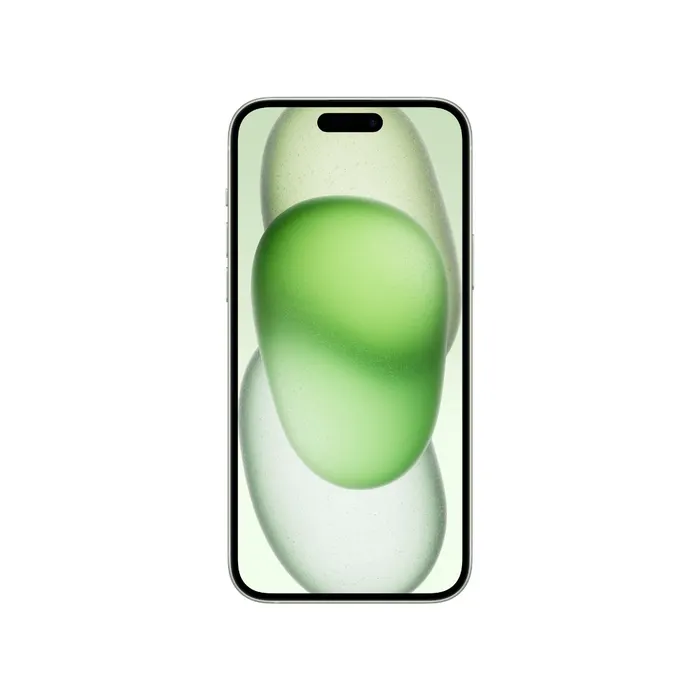 This translates to up to two days of use per charge, though I’d advise consumers to expect a day’s use with confidence and without checking the battery level.
This translates to up to two days of use per charge, though I’d advise consumers to expect a day’s use with confidence and without checking the battery level.
Despite being the first Plus to include USB-C charging in favor of Lightning, there has disappointingly been no improvement in charging speed compared to the previous model.
Apple continues to claim that a device will reach 50% charge in 30 minutes with the same 15W and 7.5W wireless charging speeds for Qi and MagSafe, respectively.
However, during testing, the Plus charged at a high 20W and reached 53% in 30 minutes before reaching 100% in 1:53 using Apple’s 30W USB-C charger (available separately).
Verdict
Overall, the display, battery life, performance, primary camera, and charging of the iPhone 15 Plus are all significantly better than those of its predecessor.
This year’s chipset, the optical zoom camera, the autofocus on the ultra-wide camera, the 120Hz high-refresh-rate screen that comes with Always-On Display, or the new programmable Action key are all features that are still absent from the Pro series.
The absence of some of these can be a deal-breaker for you depending on your preferences.
But more crucially, by positioning the 15 Plus in a precarious position where it has the feature set of the entry-level iPhone but is priced dangerously close to the Pro-tier iPhones, Apple may have hurt the 15 Plus’s chances of succeeding in the market, just as it did with the 14 Plus.
The iPhone 15 Plus has no intrinsic flaws; if it were used alone, we’d be pleased to give it our entire endorsement. But regardless of whether you are comparing it to current or previous-gen iPhones or Android devices, market realities indicate that it will be difficult to sell at its present pricing.
This places this particular device in a difficult situation and gives us reason to be pessimistic about the Plus portfolio as a whole.

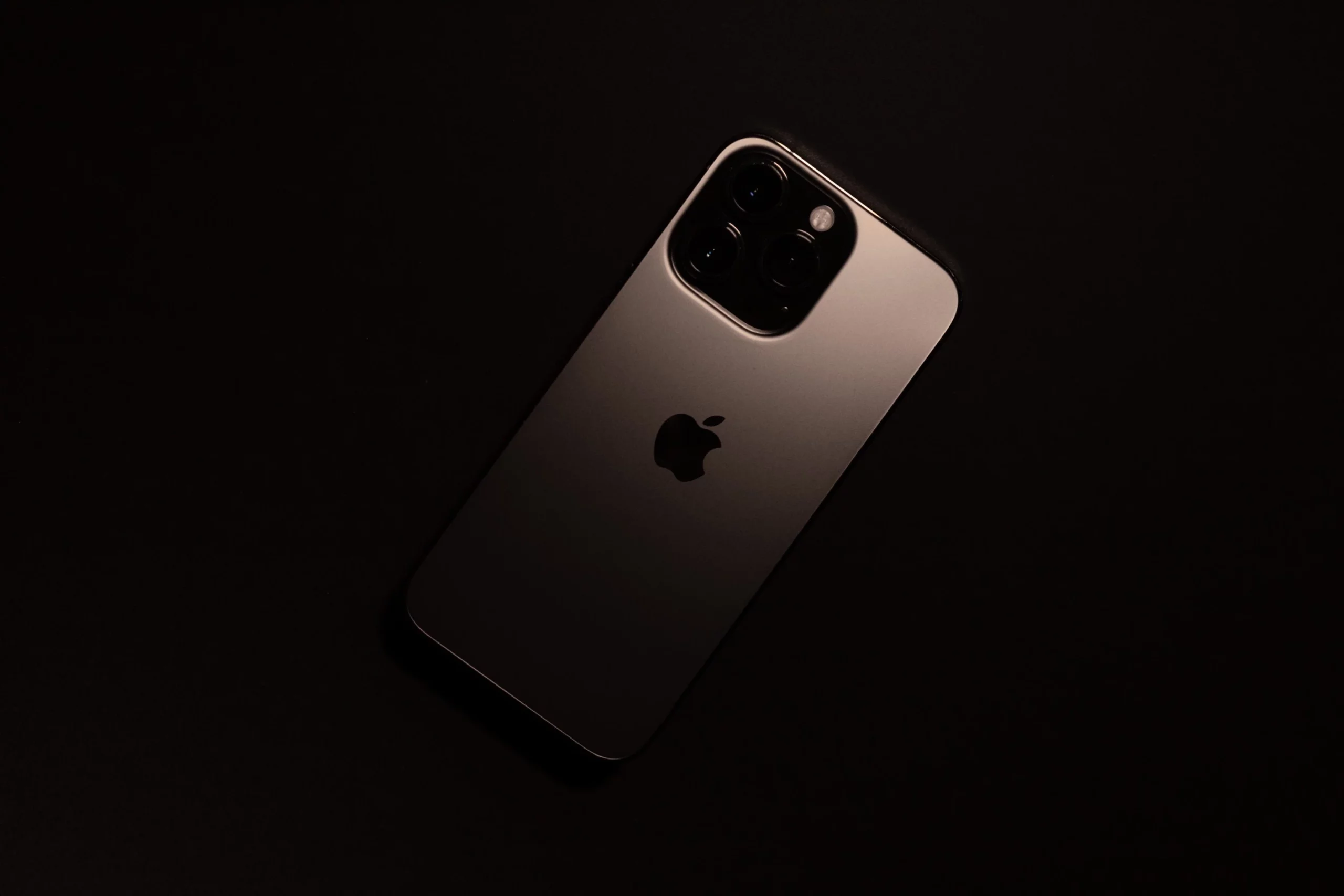
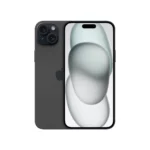
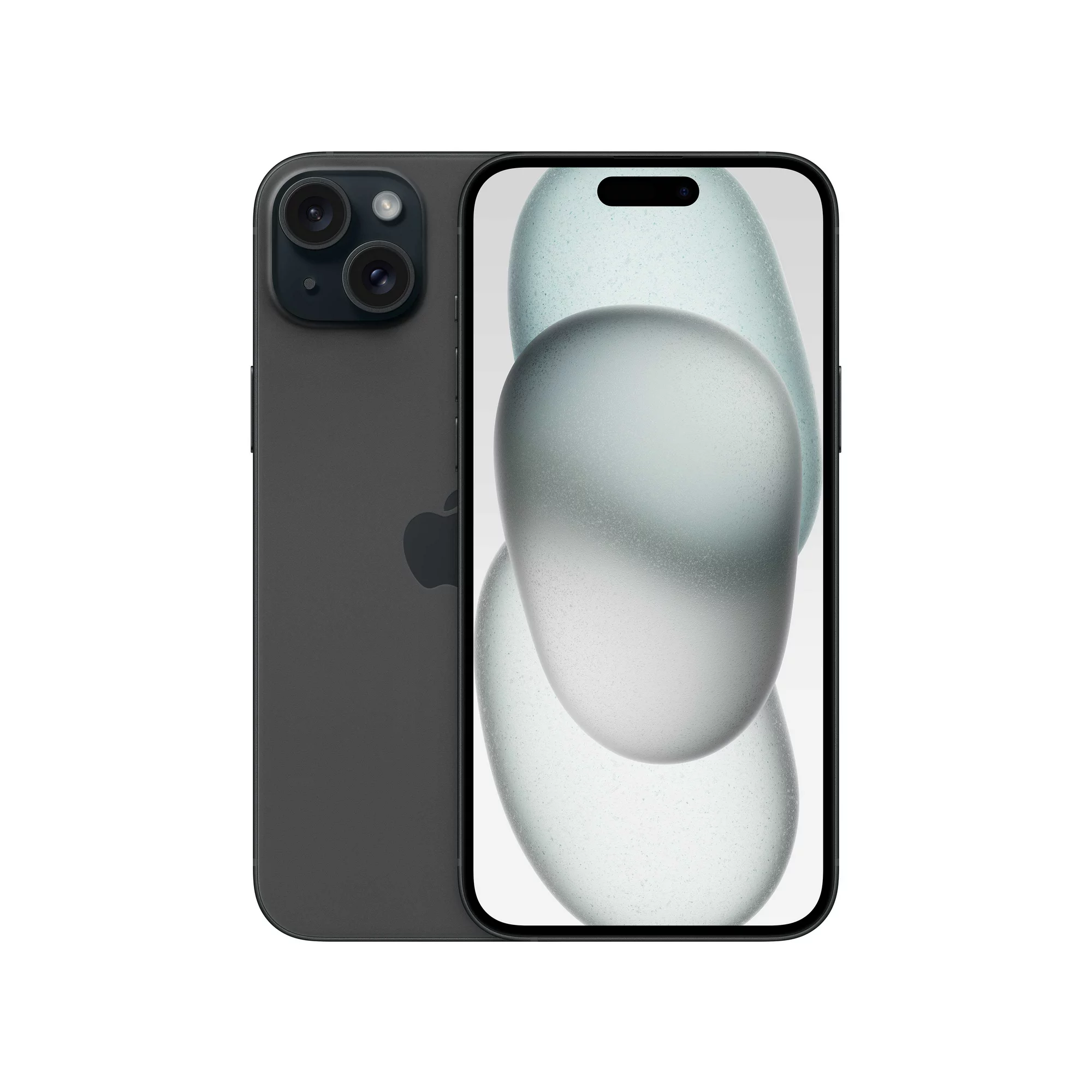

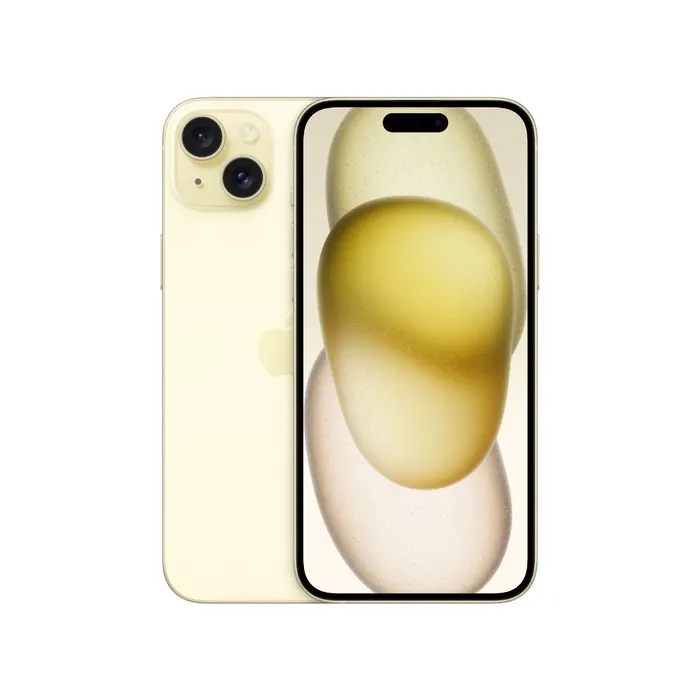
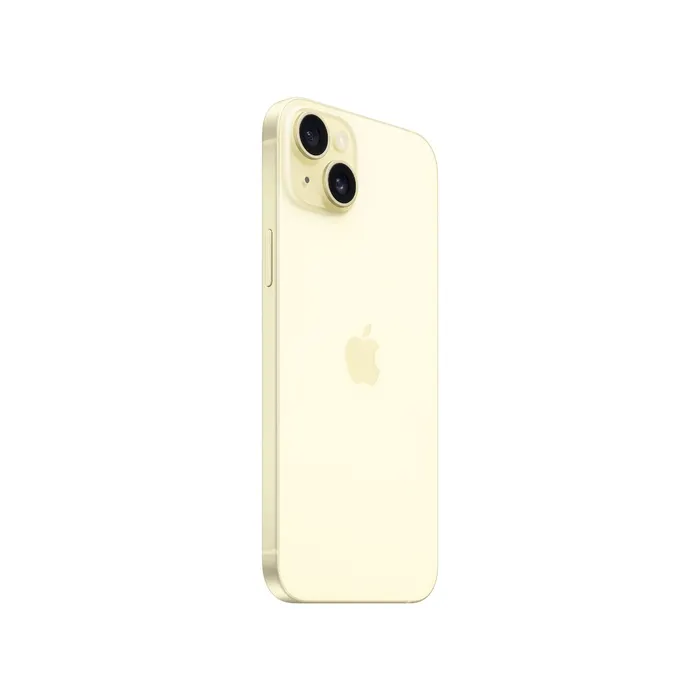

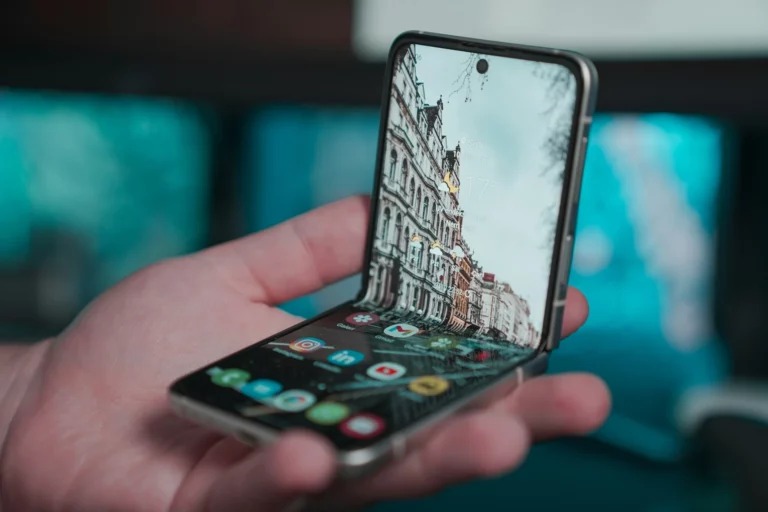
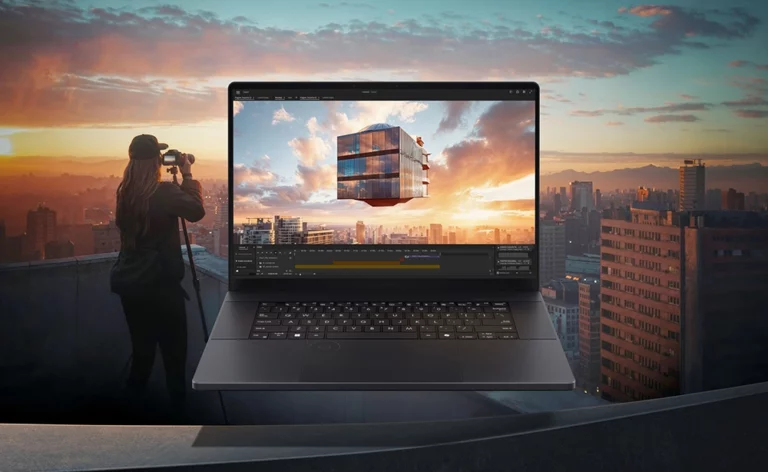

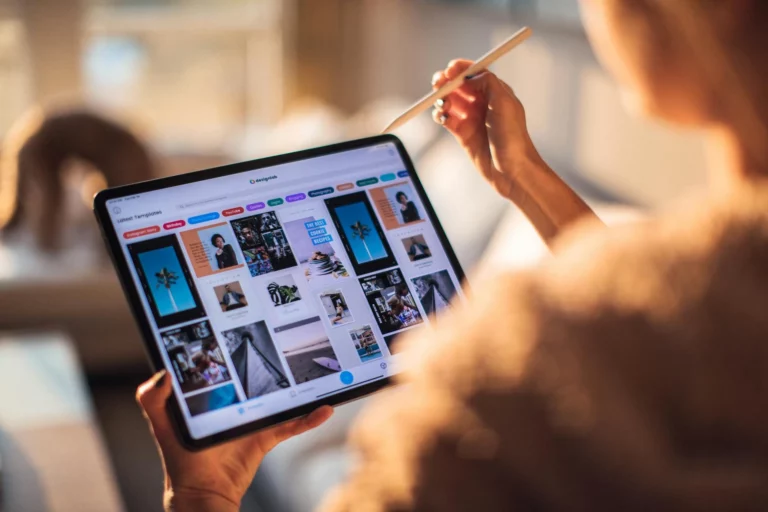
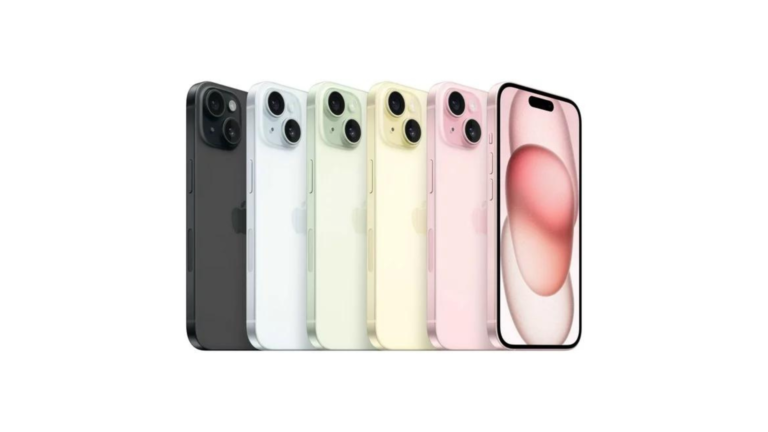
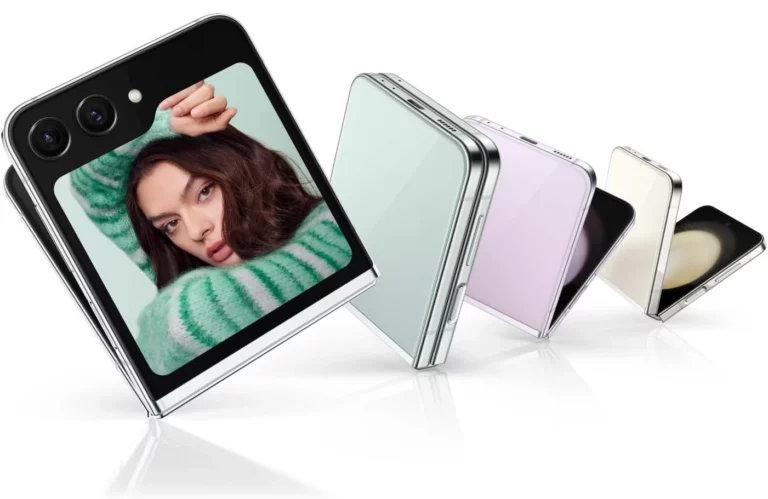
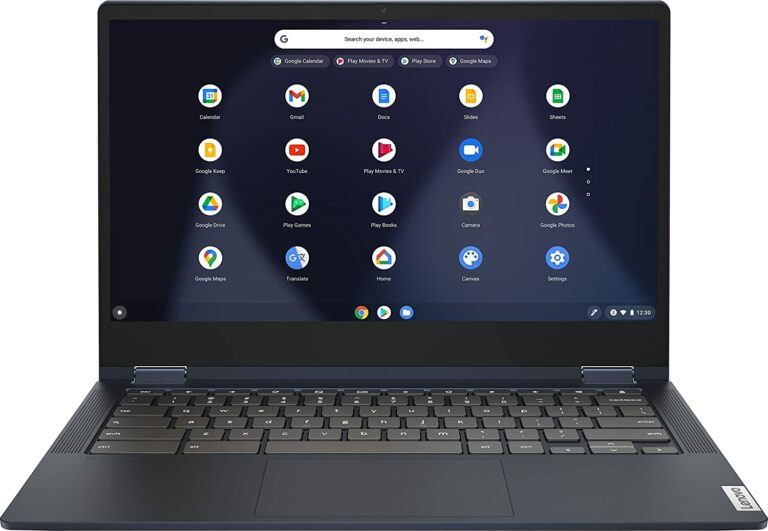
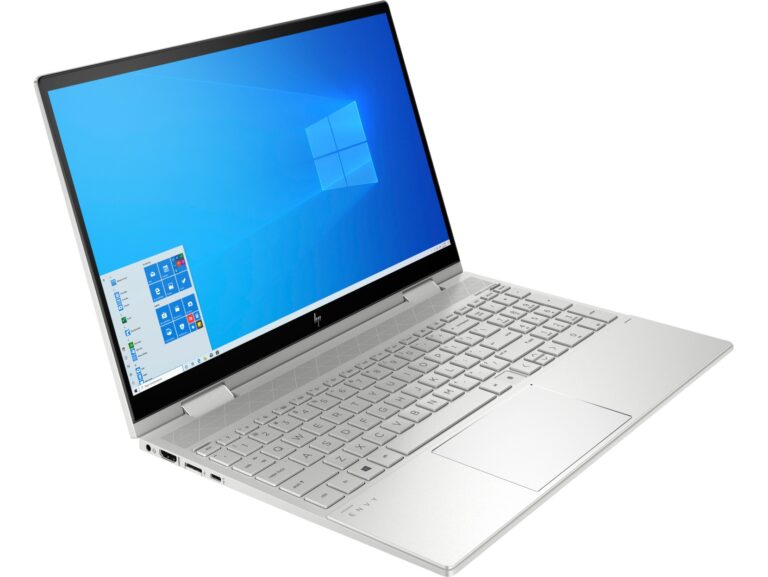
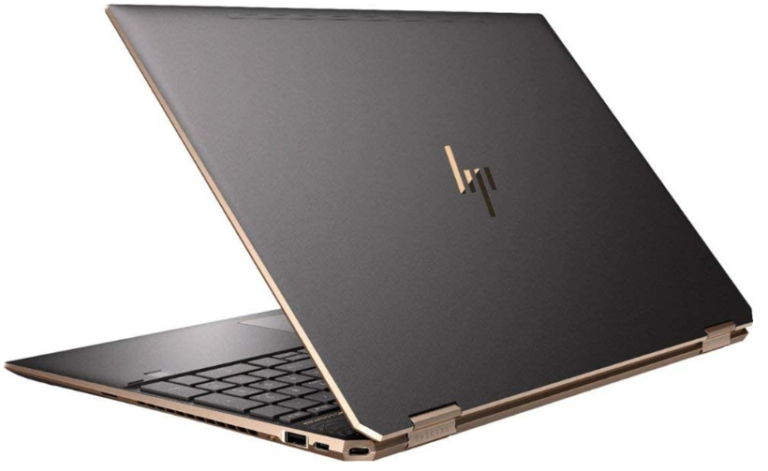
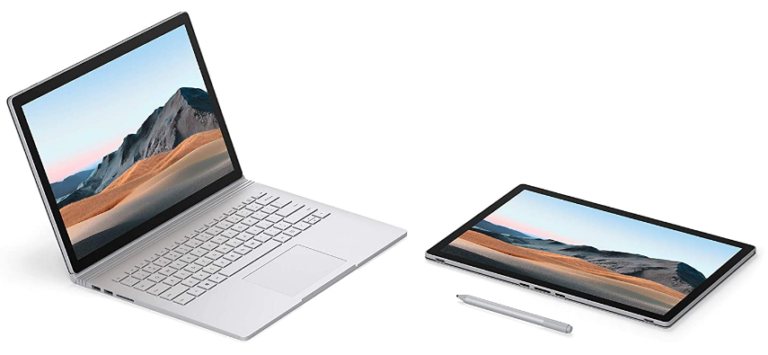
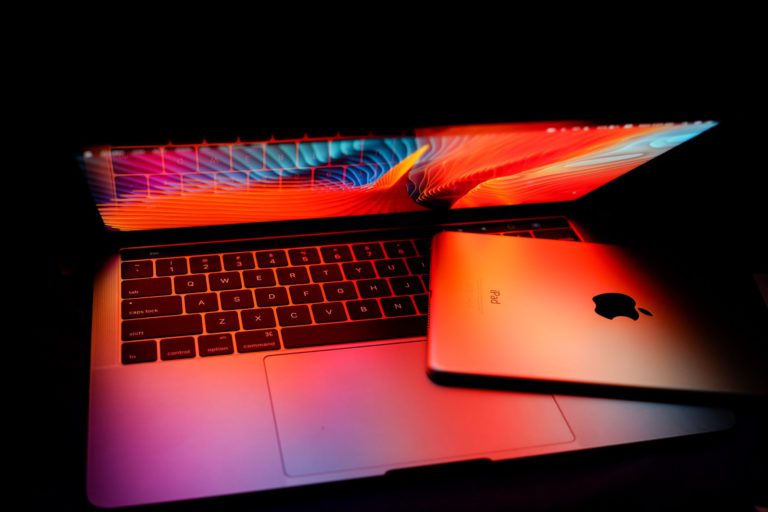
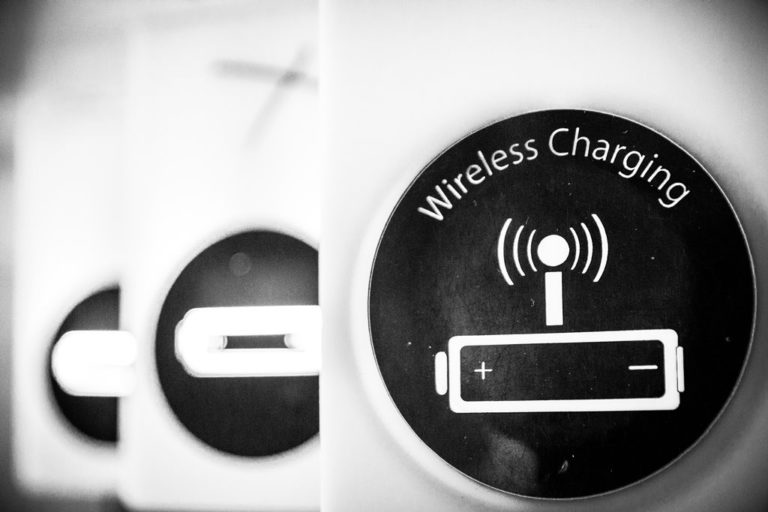
+ There are no comments
Add yours